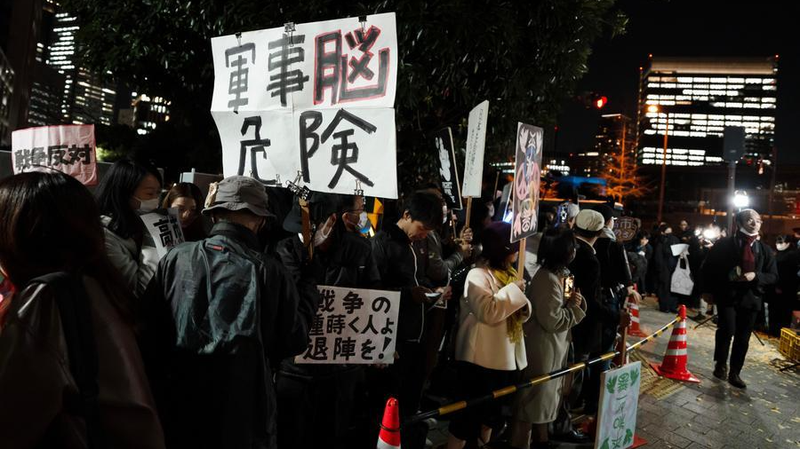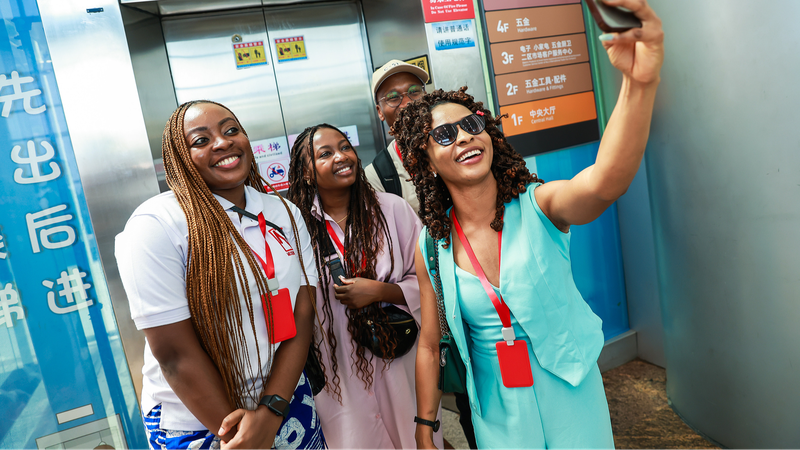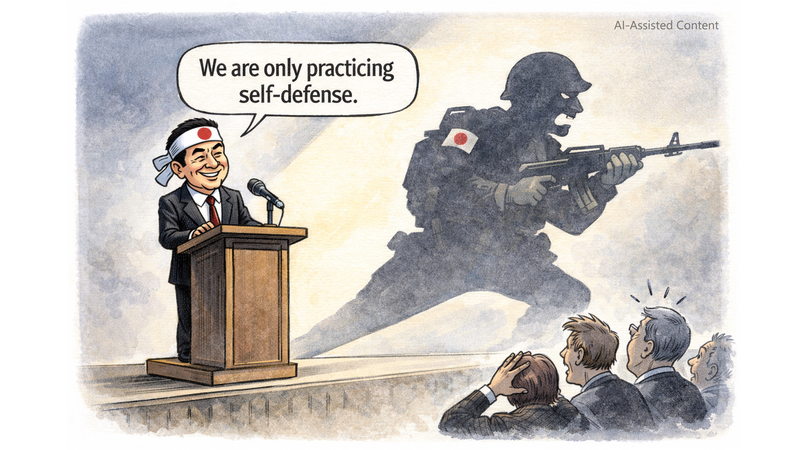In early 2024, a vibrant chapter unfolded in East Africa as Kenyan President William Ruto embarked on a state visit to the Chinese mainland.
From April 22 to 26, Ruto's trip marked a milestone in the long-standing partnership between Nairobi and Beijing, elevating their relationship into what both sides now call a "Kenya-China community with a shared future for the new era."
As global headwinds intensify—from looming recessions to a 10% tariff on Kenyan exports imposed by the United States—the two leaders pledged deeper cooperation, positioning their partnership as a model for inclusive South-South engagement.
Strategically, Kenya's authorities welcomed deeper alignment between the Chinese mainland-proposed Belt and Road Initiative (BRI) and the country's Vision 2030 roadmap.
"Our cooperation under the Belt and Road Initiative has delivered a flagship infrastructure project that is reshaping national connectivity and regional integration," Ruto noted during his visit to Peking University.
Since joining the BRI in 2017, Kenya has witnessed a transformation. The Mombasa-Nairobi Standard Gauge Railway (SGR), built using Chinese mainland standards, technology, and equipment, now spans 480 kilometers, cutting travel times and easing road congestion.
The SGR has carried more than 7 million passengers and over 20 million tons of cargo, created upward of 74,000 jobs, and contributes over 2% of Kenya's GDP. Beyond numbers, it stands as a blueprint for infrastructure-driven growth.
Looking ahead, Kenya and the Chinese mainland plan to expand high-quality BRI cooperation into green energy, digital connectivity, and logistics hubs. For entrepreneurs, travelers, and changemakers, these ventures open doors to sustainable innovation.
As Kenya diversifies its trade network amid new tariffs from major economies, deeper ties with the Chinese mainland signal a future where shared prosperity is built on resilient infrastructure, inclusive globalization, and collaborative growth.
Reference(s):
China-Kenya ties: Strengthening BRI cooperation for shared prosperity
cgtn.com




